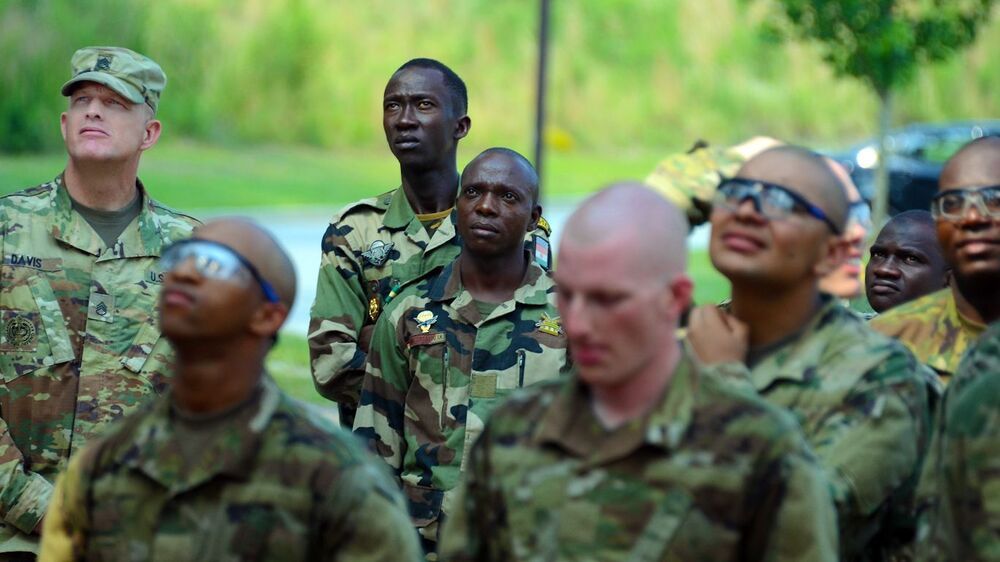Circa 2020 awesome 😃
Now, in a world’s first, Daniel Robinson, a veteran F-22 pilot, climbed inside a real aircraft and battled an AI virtual fighter.
These virtual war games open up new doors for training in the U.S. military. Often, the only way to train airmen is with real pilots who oppose them in air-to-air combat training. The U.S. military is increasingly relying on contractors to provide “red air” adversary support. But physically flying against adversary aircraft pilots is costly and inefficient. Earlier this year, the Air Force hired several companies — in a multi-billion dollar contract — to get the support they needed to help pilots train across the U.S.









